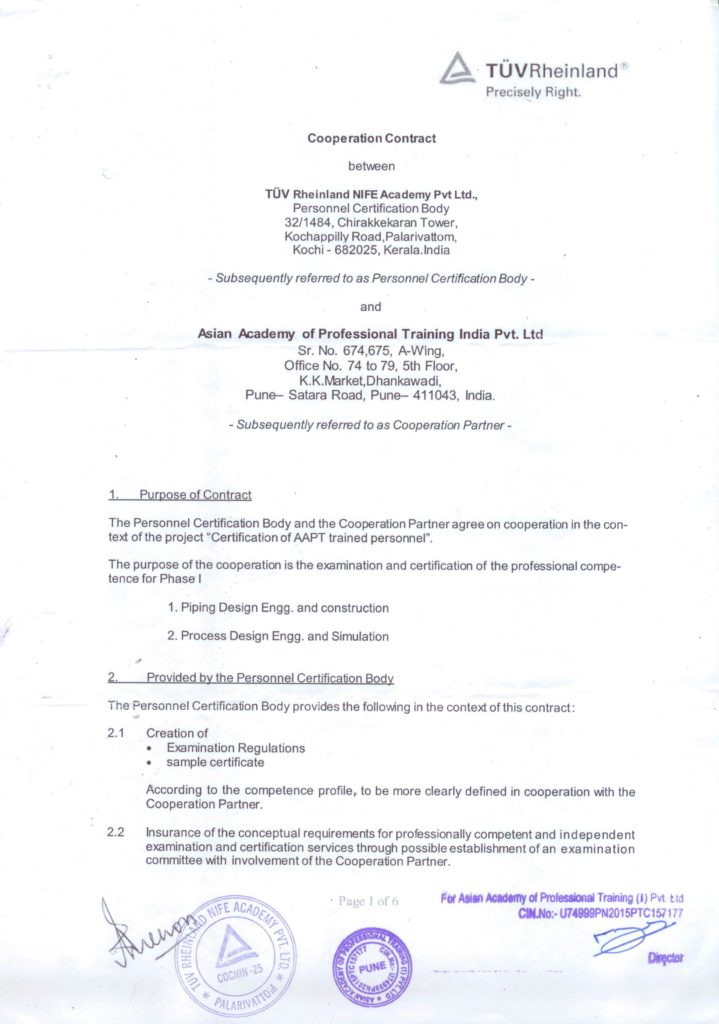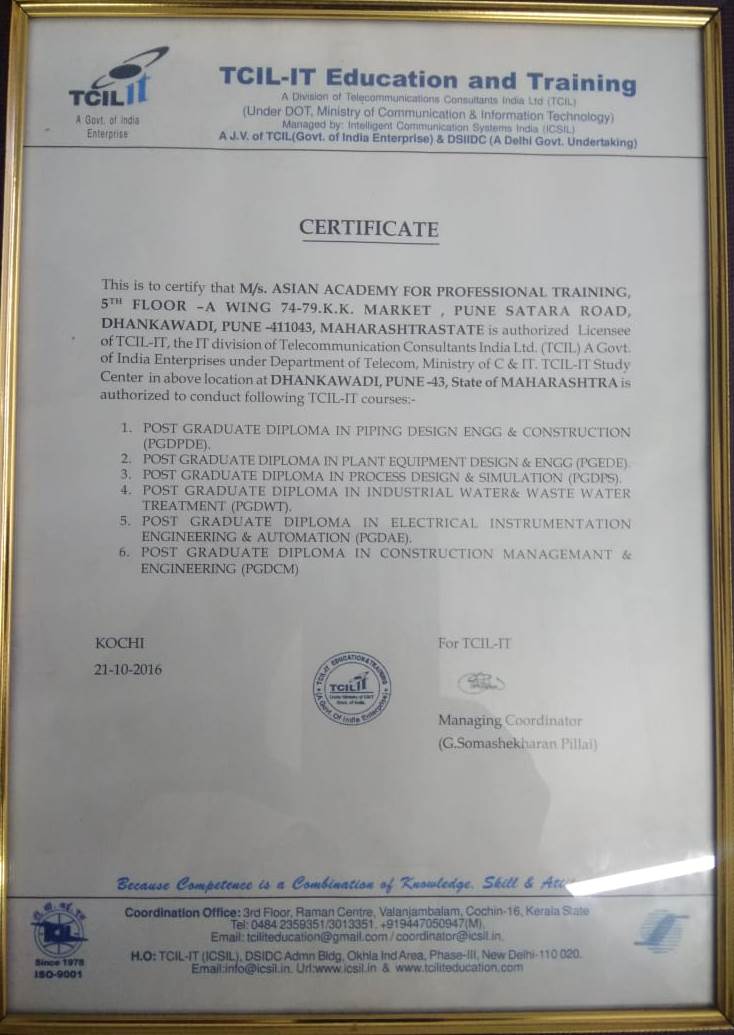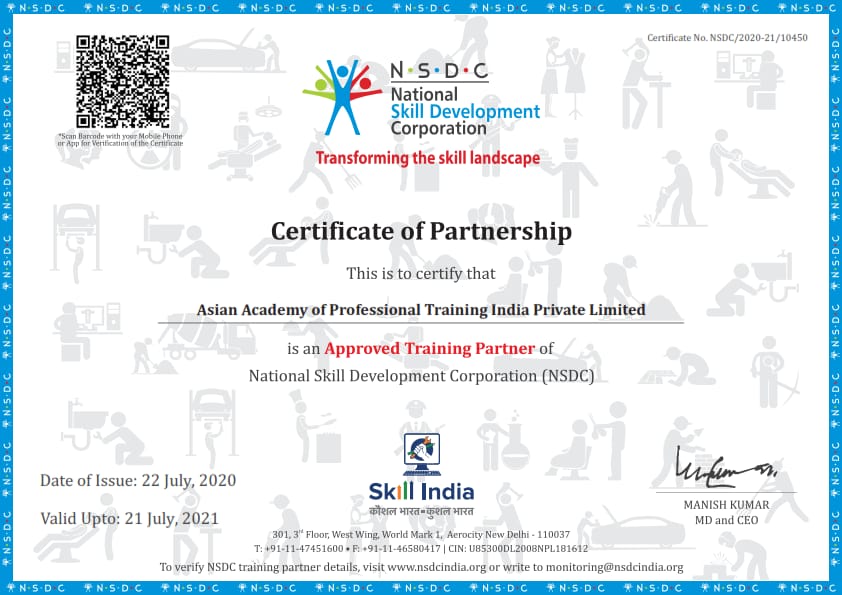A piping design engineering course training institute in Pune prepares students to design piping systems for diverse industries such as oil and gas, petrochemical, power plants, and pharmaceuticals. This course covers the knowledge and skills required to efficiently and safely design, analyze, and manage pipe systems.
Here are some key topics typically covered in a piping design engineering course:
- Pipe Systems Fundamentals: Understand the fundamentals of pipe systems, including components, materials, and terminology.
- Piping Standards and Codes: Knowledge of industry standards and codes governing the design, fabrication, and installation of piping systems, such as ASME B31.3, B31.4, and B31.8.
- Components of a Piping System: A thorough examination of numerous piping systems components such as pipes, fittings, valves, flanges, gaskets, and supports, as well as their selection criteria and specifications.
- Fundamentals of Piping Design: Understanding the principles and best practices of piping design, such as process and instrument diagrams (P&IDs), equipment layout, pipe routing, and pipe sizing calculations.
- Piping Stress Analysis: Understanding the basics of stress analysis, such as piping system load evaluation, thermal expansion, flexibility analysis, and the usage of stress analysis software tools.
- Materials and Corrosion: Understanding of various piping materials, their qualities, and corrosion prevention strategies to ensure piping system integrity and durability.
- Piping System Layout and Isometrics: Understanding how to create piping layout plans, isometric drawings, and comprehensive piping specifications based on project specifications and industry standards.
- Understanding the Design and Selection of Pipe Supports and Hangers: Understanding the design and selection of pipe supports and hangers to provide adequate support and prevent excessive loads on piping systems.
- Pipe Welding and Fabrication: An introduction to piping-specific welding techniques and procedures, such as welding symbols, joint preparation, and quality control.
- Piping System Safety and Maintenance: Understanding piping system safety issues, maintenance needs, and inspection techniques to maintain operational reliability and compliance with industry laws.
These topics may differ depending on the course and the school that offers the piping design engineering program. It is critical to conduct research and choose a course that corresponds to your unique interests and career objectives. Best PDMS courses training institute in Pune
What is Piping Design Engineering?
Piping design engineering is a specialized branch of engineering concerned with the design, layout, and analysis of piping systems. It entails the design, development, and optimization of systems that move fluids or gases from one area to another within industrial plants, commercial buildings, or other facilities.
Piping design engineering’s major goal is to create efficient and dependable piping systems that fulfil the specific requirements of a given project while assuring safety, functionality, and compliance with industry rules and standards. Piping systems range in complexity and scale, from simple distribution networks to complex systems used in industries such as oil and gas, chemical processing, power production, and pharmaceuticals.
The role of a piping design engineer typically includes the following responsibilities:
- System Design: Creating conceptual and thorough designs of piping systems while taking into account process requirements, fluid properties, pressure and temperature conditions, and equipment specifications.
- Layout and Routing: Choosing the best arrangement and routing of pipes, fittings, valves, and other components within the facility, taking into account issues such as accessibility, maintenance needs, and spatial limits.
- Material Selection: Choosing piping materials based on fluid qualities, operational conditions, corrosion resistance, and cost-effectiveness.
- Pipe Sizing and Pressure Drop Calculations: Calculate the right diameter and thickness of pipes, as well as pressure drop and flow rates, to ensure effective fluid transportation.
- Stress Analysis: Evaluating the structural integrity of piping systems under varied loads and situations, taking thermal expansion, vibration, and external forces into account.
- Standards and codes Compliance: Ensuring that piping systems are designed and built in accordance with appropriate industry regulations and standards, such as ASME B31.3 for process piping or ASME B31.1 for power piping.
- Collaboration: Collaborating closely with other engineering disciplines, such as process engineers, mechanical engineers, and instrumentation engineers, to seamlessly integrate pipe systems into the overall plant design.
- Documentation: Creating precise engineering drawings, isometric views, and material specifications to aid piping system design, installation, and maintenance.
Piping design engineers use a variety of tools and software to aid in the design and analysis process, including computer-aided design (CAD) software, piping design software, and stress analysis software.
Overall, piping design engineering is critical in assuring the safe and efficient movement of fluids inside industrial facilities, contributing to the plants or facility’s overall functioning and performance.
Click here for google maps – https://goo.gl/maps/aMvA3UQLbYeEJbLA8






